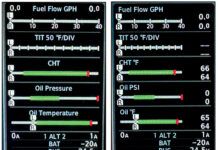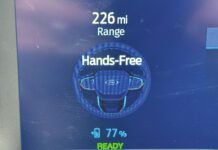Alexis de Tocqueville, a 19th-century French historian, described the United States as a great experiment. He called it an attempt to construct society upon a new basis, founded on theories previously unknown or impracticable. Another great experiment is occurring, this time in aviation.
In 2006, ICAO quietly passed the Multiple-Crew Pilot License (MPL). ICAO recognized that many countries trained airline pilots using ab initio programs. These zero-to-hero courses put people with no previous flying experience into the right seat of an airliner in the shortest time possible. The MPL—supplanting the normal path through private and commercial licenses—replaces most piston flying with advanced simulators.
It makes sense. Many private-pilot habits don’t transfer well to airliners. Why train pilots to fly something they’ll never fly again?
MPL started slowly. Each country had to create its own standards and the global recession dampened airline demand for pilots. Only as the outlook for airlines improved did the MPL take hold.
While the MPL was hibernating on regulator’s shelves, Colgan mucked it up in Buffalo, NY. Families of the crash victims pressured Congress for tougher training and experience requirements. The result was the biggest change to airline pilot requirements in the history of the FAA.
The Aviation Safety and Federal Aviation Administration Extension Act of 2010 devoted 17 pages to safety improvements. The law now requires airline pilots to hold an Airline Transport Pilot certificate (requiring 1500 hours flight time, almost 20 times an MPL), previously only required of captains.
Why should you care? The results of the experiment will provide insights on topics right in our wheel house (OK, cockpit): safety, training, automation, simulation, regulation, and procedures.
Initial data is emerging. The International Air Transport Association (IATA) reported on the status of the MPL in June, reviewing 600 pilots. Course flight times (simulator and flight) range from 246 to 404 hours, with as little as 80 hours in an actual plane.
The biggest complaint about MPL pilots is radio work. That’s not surprising considering how little MPL applicants actually deal with ATC and the likelihood that training takes place in their native tongue. The IATA notes that no MPL holders have yet upgraded to Captain. PIC decision making could be an obstacle since some courses only schedule 10 hours of solo flight away from the supervisory comfort of an instructor or check airman.
Over a four-year span, ICAO approved the licensing of airline pilots with under 100 hours of time in an airplane, while the U.S. increased its requirements to 1500. Which is the right approach?
Aviation is undergoing its own great experiment, testing new theories and ideas. The MPL could be a revolution in pilot training. Or, it’ll be the licensing equivalent of a cassowary—a flightless bird—and may kill some folks along the way. Watch closely; this’ll be interesting.




